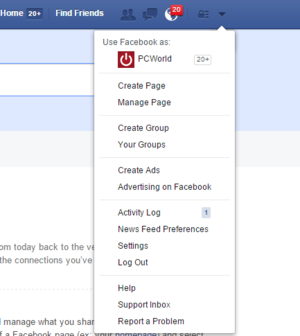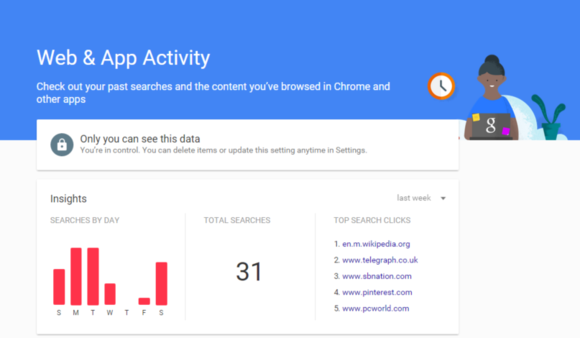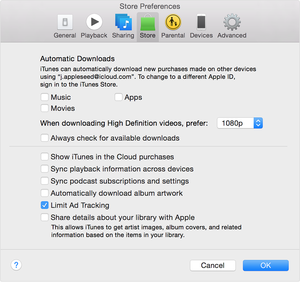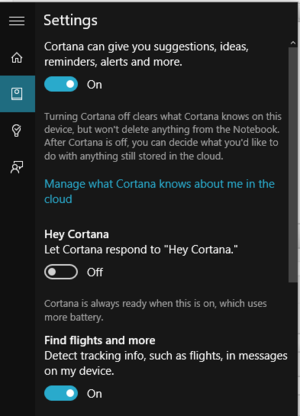Google then & Now
Google has a huge stake in consumer technology, the Internet and the tech business as a whole. As one of the largest companies in the world, Google’s influence is far-reaching, but many people go without ever learning the history of what’s now an internationally-recognized powerhouse.
For those not in the know, or who would like to have more details…stick around!
THE FOUNDERS AND BACKRUB
Like many stories of success, this one starts at Stanford University, with Larry Page and Sergey Brin. Page and Brin become quick friends, and in 1996 they create and launch a service called “BackRub”, one of the first effective search engines of all time and the spiritual father of Google the search engine.
Due to its popularity, Backrub quickly outgrows is hosting on Stanford’s servers, so Page and Brin decide to purchase the Google.com domain and start moving their service elsewhere.
BIRTH OF GOOGLE AND INITIAL
In 1998, Google as we know it today launches as a search engine and as a company. Thanks to a donation from a co-founder of Sun Microsystems (a major business in the early days of Silicon Valley thaat would one day merge with Oracle), the two founders of Google are able to become an official corporation and start working in their first office: the garage of Susan Wojcicki. Wojcicki would later go on to help develop Google’s advertising business and manage the acquisition of YouTube in 2006, but for now she was just a friend of the two.
In 1999, Google begins its expansion, moving to two new locations over the course of the year, acquiring $25 million in funding, and even hiring a dedicated chef for their business. Google’s growth really starts getting exponential with the turn of the century, however: starting in 2000, they expand to fourteen new languages and open a new office in New York.
And- this one’s important- they launch AdWords and Google Toolbar at the end of that year.
ADWORDS, ADSENSE AND MASS EXPANSION
Susan Wojcicki’s work on the advertising side of Google begins with AdWords, which enables advertisers and site owners to utilize Google’s search engine and advertising infrastructure. On December 2000, Google Toolbar is released and is compatible with most major browsers, enabling people to use Google search from anywhere on the web: this would one day become a staple feature in all browsers.
In 2002, Google News and Froogle (Google Shopping) both launch to decent success. AdWords is revamped once again this yeaar, but AdSense launches the next year, in 2003, expanding Google’s influence in web advertising even more.
During this three-year period from 2000 to 2003, Google established its foundations in web advertising (the main source of its revenue) and various web services. Their biggest names, however, don’t pop up just yet…
GMAIL, MAPS, MOBILE AND YOUTUBE
2004 is a major year for Google. Gmail launches and enjoys mass success as a rival to Hotmail, while the roots of Google Maps and Google Earth are planted. In particular, Google Local gives local maps and directions, while Google acquires Keyhole, whose technology gives birth to Google Earth in the future.
In 2005, Maps launches. In April, Maps comes to mobile devices and the first YouTube video ever is uploaded. Google’s mobile presence starts expanding as Mobile Web Search is released as well. June sees Earth’s proper launch and the release of the Maps API, allowing Google Maps to be used by other sites and services.
Google’s growth continues from 2005 to 2007 with new sites and services coming out seemingly every month, including such staples as Google Talk, Google Analytics, Google Translate, Google Documents and the Street View addition to Google Maps. At the tail end of 2007, Google’s next big thing (though they likely didn’t know it at the time) is announced: Android.
ANDROID, CHROME AND DEVICES
2008 is host to many milestones for Google, but the true highlights of that year come in September. The T-Mobile G1 is announced as the first phone using Android, while Chrome is launched in the same month. Android would grow to become the most popular mobile OS by market share (as of 2016), while Chrome would similarly become the biggest browser by market share.
In 2009, Chrome OS begins development. This would later give birth to Chromebooks. In early 2010, Google introduces the Nexus One, the first Google Nexus device. With Nexus and Chrome OS, Google marks their movement from being a purely service-based business to one that actually creates and manufacturers its own products in consumer electronics. This is a major step forward for them, and brings us to what they’ve gotten up to most recently.
FIBER, GLASS, AND TODAY
Finally, let’s talk about Google’s recent advances. In April 2010, Google Fiber is announced. In November 2011, it is launched in Kansas City. Google Fiber gains notoriety for offering gigabit Internet speeds at a lower price, being a far greater bargain than most ISPs in the United States at the time.
In 2012, Google Glass- a pair of glasses utilizing Augmented Reality tech before the current Virtual Reality craze- hits the market and gets a lot of buzz. While Glass would later die out relatively quietly, it sparked the conversation on wearable computers/technology that led to things like the smartwatch. It also demonstrated the length that Google is willing to go to experiment on the highest end of technology.
Nowadays, Google markets across all ends of tech. As a service provider with its web services, as a device manufacturer with its Chromebooks and Nexus devices, as an enterprise IT provider with the Google Apps suite, and even as a company exploring the new front of IoT and smart home devices.
The history of Google has shown that they’re always willing to experiment and expand- this has brought them to becoming the massive giant they are now.
And to think- it all started from two college students and a simple search engine.
















